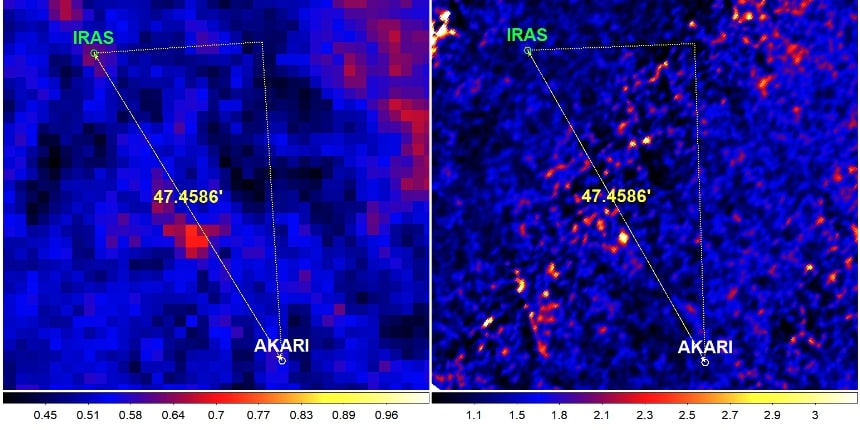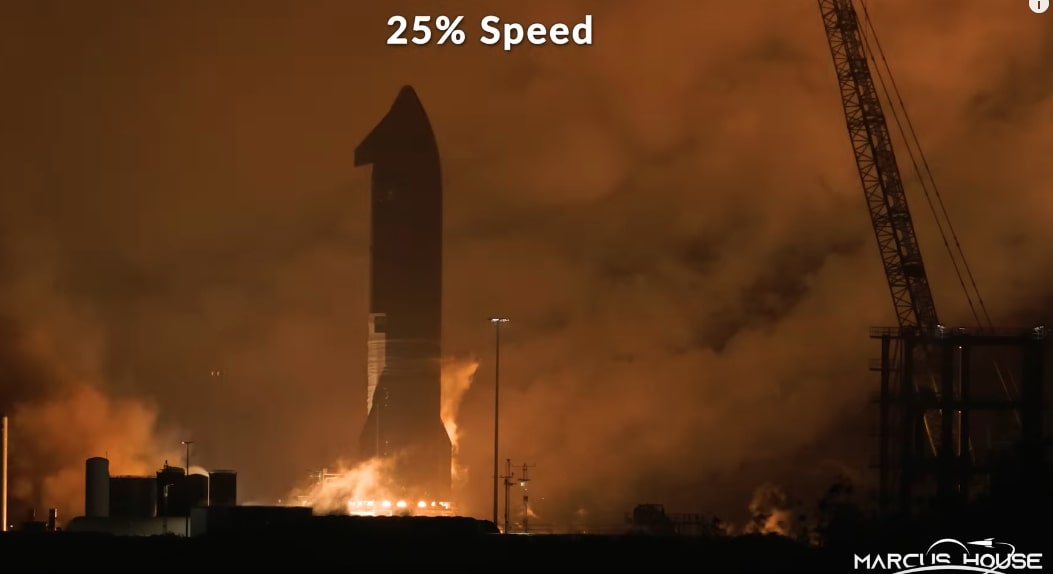Researchers for objects that moved slowly between IRAS and AKARI detections. IRAS and AKARI are far-infrared, all-sky surveys completed 23 years apart. They looked in the Kuiper belt.
They produced all possible candidate pairs including one IRAS source and one AKARI source whose angular separations were limited between 42′ and 69.6′, corresponding to the heliocentric distance range of 500 – 700 AU and the mass range of 7– 17M⊕. There were 13 candidate pairs obtained after the selection criteria. After image inspection, they found one good candidate, of which the IRAS source is absent from the same coordinate in the AKARI image after 23 years and vice versa. However, AKARI and IRAS detections are not enough to determine the full orbit of this candidate.
9 detections are required to evaluate a linked Keplerian orbit with improved processing speed and reduce the number of false positives.
They will need the new and better space telescopes to re-examine the candidate to see if they can confirm that is planet 9 or not.
The IRAS and AKARI detections alone are not enough to decide a precise orbit. The DECam, with a large field of view, is a prospective option for the follow-up observation. It enables the possibility of detecting faint moving objects even in optical wavelengths and determining the full orbit of
our candidate, since the exposure time to observe targets as faint as 26 AB mag at DECam is approximately one hour. The verification of Planet Nine’s existence via future observational studies will contribute to our understanding of the evolution and structural dynamics of the solar system.

Brian Wang is a Futurist Thought Leader and a popular Science blogger with 1 million readers per month. His blog Nextbigfuture.com is ranked #1 Science News Blog. It covers many disruptive technology and trends including Space, Robotics, Artificial Intelligence, Medicine, Anti-aging Biotechnology, and Nanotechnology.
Known for identifying cutting edge technologies, he is currently a Co-Founder of a startup and fundraiser for high potential early-stage companies. He is the Head of Research for Allocations for deep technology investments and an Angel Investor at Space Angels.
A frequent speaker at corporations, he has been a TEDx speaker, a Singularity University speaker and guest at numerous interviews for radio and podcasts. He is open to public speaking and advising engagements.























